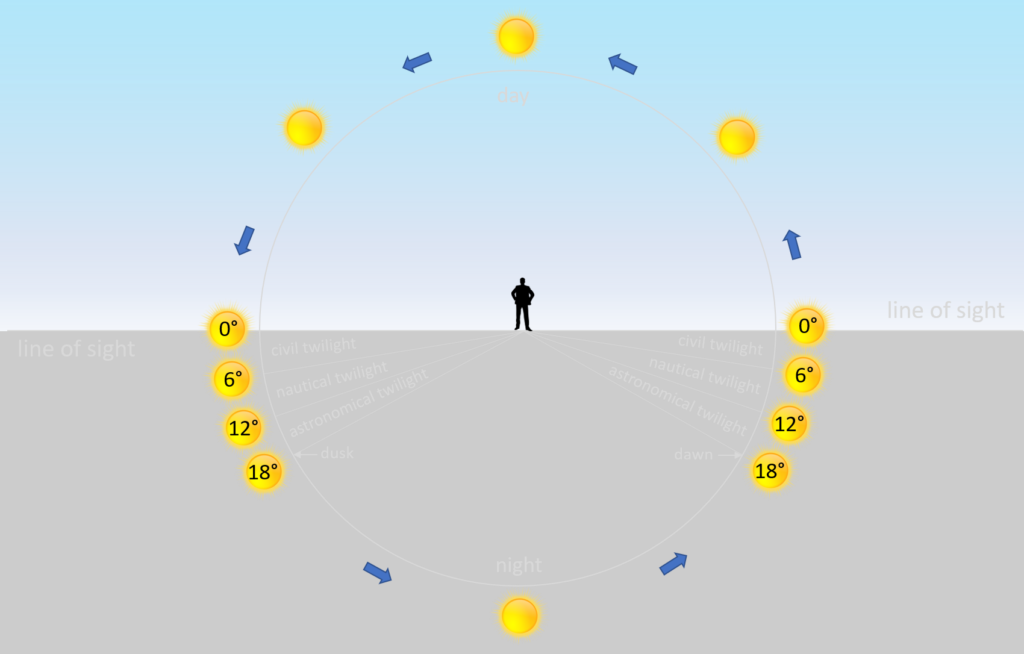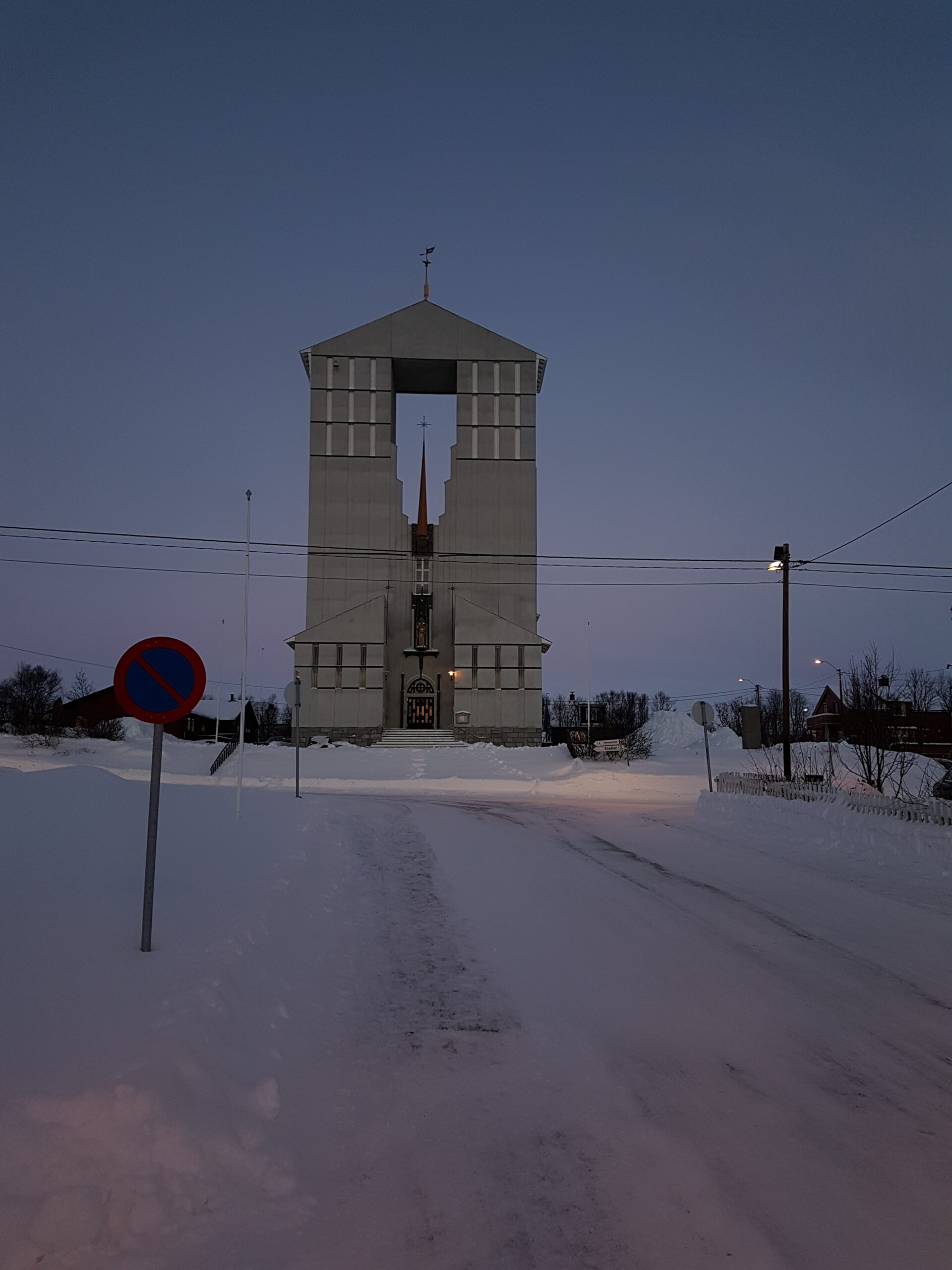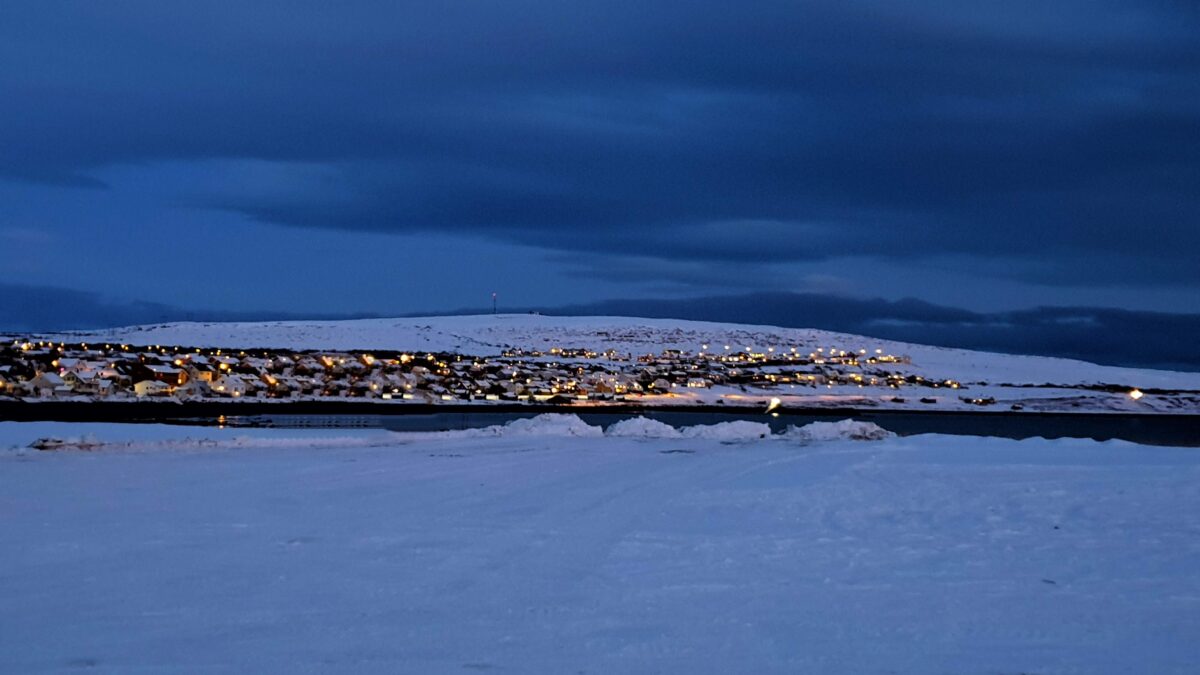In a previous article we saw what is twilight and what are the main types of twilight. As a reminder, twilight is the period of the day when a certain point on Earth is illuminated indirectly, by sunlight scattering, when the Sun is below the horizon, but not more than 18°, thus its rays are still visible, indirectly, for an observer located at that certain point.
Now, we’re going to look at how twilight occurs on Earth, when it occurs and… how it doesn’t occur at all in certain places!
Standard twilight occurrence
A standard twilight occurrence was described in our previous article:

During the course of a day, at sunrise, the Sun appears in the sky from the right (East) and, during the whole daytime, it shines its light directly onto the place on Earth where the observer is located. In the evening, at sunset, the Sun will again reach 0° on the left side (West) and it will slowly disappear under the horizon. This moment the evening twilight starts. Due to earth’s rotation, the Sun will continue to descend more and more under the horizon. But before our star reaches 18° under the horizon, there will still be distinguishable light from the Sun for the observer. When the Sun reaches 18°, dusk occurs, and the observer will not distinguish any indirect sunlight anymore and the astronomical night starts.
Because of Earth’s rotation, the Sun continues its trip and, very early in the morning, before it rises, it will reach again 18° under the horizon. At this moment, dawn occurs, and twilight starts again – this time we’re talking about the morning twilight. As time passes more, the Sun will ascend more, until it reaches again 0° and it rises the next day.
Twilight occurs thus during both periods of the day when the Sun is between 0° and 18° under the horizon.
This scenario is true for people living on Earth between approximately 50° North or South of the Equator at any time of the year. This is also valid for higher latitudes, but not around the summer solstice, when the Sun does not descend more than 18° under the horizon during the “night”, and thus there’s no real astronomical night between dusk and dawn.
Continuous twilight between sunset and sunrise
As written in the previous paragraph, above latitudes of approximately 50°N/S, around the date of the summer solstice, the Sun does not descend lower than 18° under the horizon, which means that, even if the Sun is under the horizon, its rays can still be seen, indirectly, during the whole night, which translates itself into a continuous twilight during the whole “night” hours.
In function of the latitude, there can be a continuous astronomical twilight, a continuous nautical twilight, or a continuous civil twilight between sunset and sunrise. This actually occurs in very popular and accessible places around the world, such as:
- Continuous astronomical twilight: many European countries, such as northern UK, Ireland, the Netherlands, Germany and many other in the Northern Hemisphere or the Falkland Islands in the Southern Hemisphere;
- Continuous nautical twilight: a great part of Russia and Canada, northern Denmark in the Northern Hemisphere or Ushuaia in Argentina in the Southern Hemisphere;
- Continuous civil twilight: more northern parts of Russia (such as Sankt Petersburg), Northern Norway, Northern Sweden, Northern Finland.
White nights
A continuous civil twilight between sunset and sunrise is called a white night. The term white night also applies if a certain place does enter nautical twilight also, but if the Sun does not descend lower than 7°.
The white night constitutes a popular symbol for Sankt Petersburg in Russia, where, around the summer solstice, the Sun never goes lower than 7° under the horizon for several days.
A continuous nautical or astronomical twilight does not mean a white night occurs.
No astronomical day between morning and evening twilight
Within the two Polar Circles – Arctic and Antarctic – in wintertime, Polar Night occurs. The polar night means that the Sun does not rise above the horizon at all during 24 hours. But it may approach the horizon, above 18°, thus its rays are seen indirectly and twilight occurs during the “daytime” hours.
Again, in function of the actual latitude, during the normal “daytime” hours, there may be a continuous civil, nautical or astronomical twilight. Vadsø experiences a continuous civil twilight between approximately November 25 and January 17.

No twilight at all
In polar regions, around the summer solstice, the Sun is up in the sky 24 hours a day, a period known as the Polar Day. The Sun that never sets for more than 24 hours is called the Midnight Sun, and it never disappears under the horizon for several days in a row. Higher the latitude, longer the period the Midnight Sun occurs.
As the Sun never goes under the horizon, these places experience no twilight at all during all these days.
This condition occurs here in Vadsø during the Midnight Sun period, and lasts more than 2 months, between approximately May 16 and July 26 each year.


One reply on “Twilight Occurrence”
Discover what twilight is and how many types of twilight exist